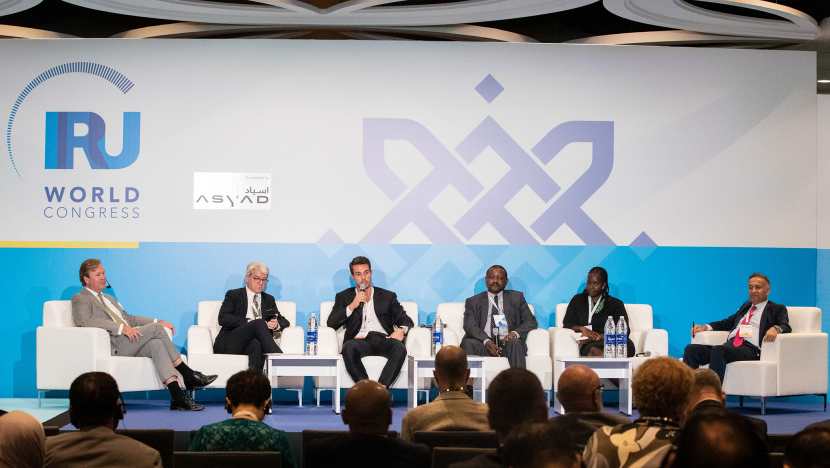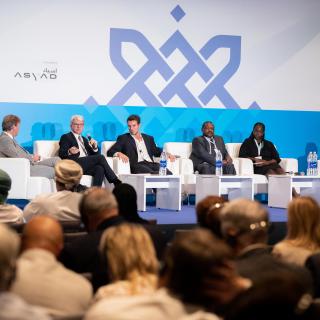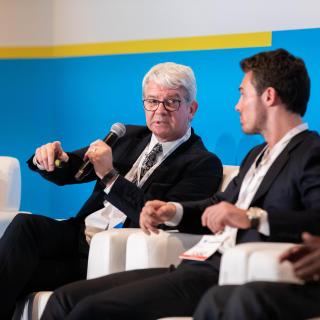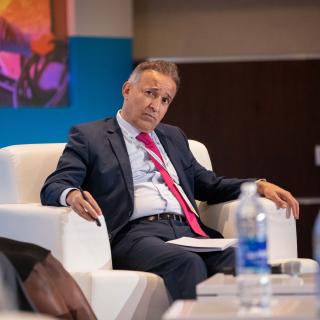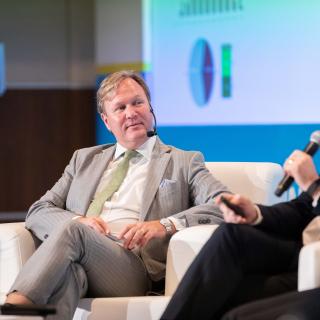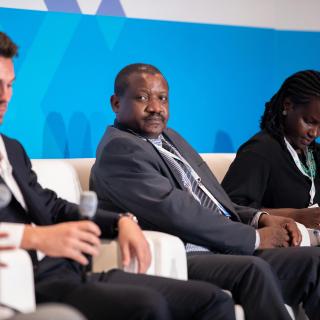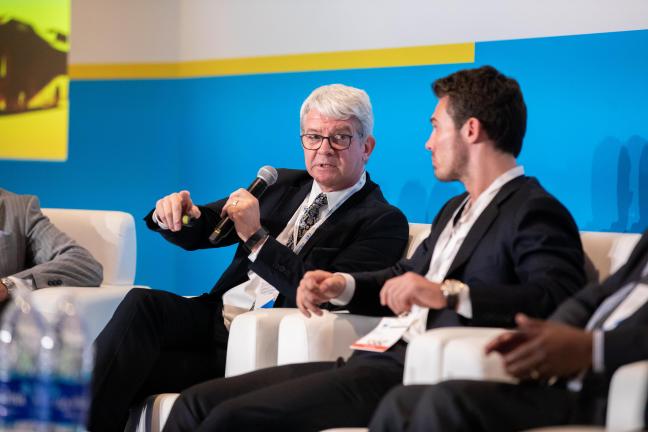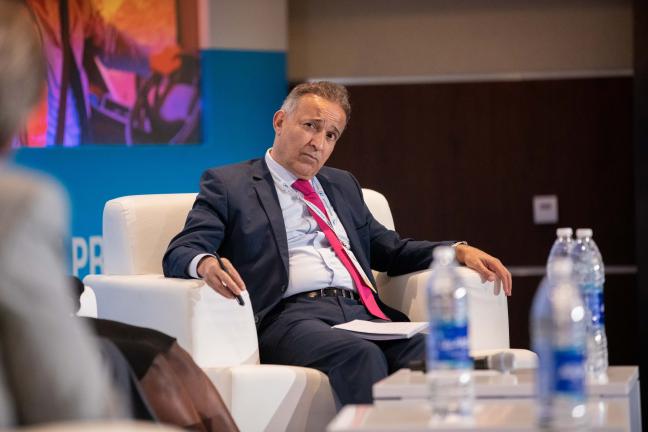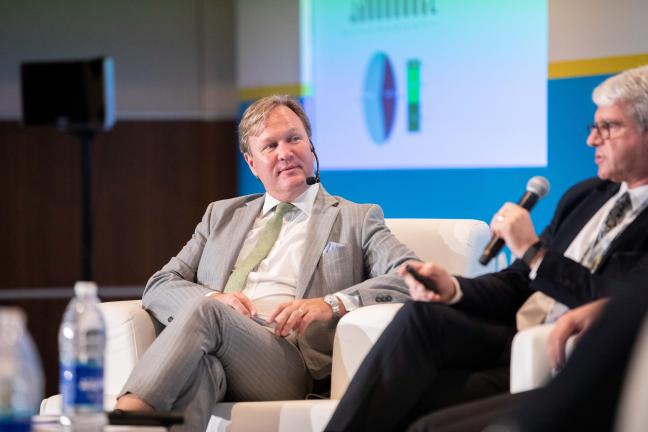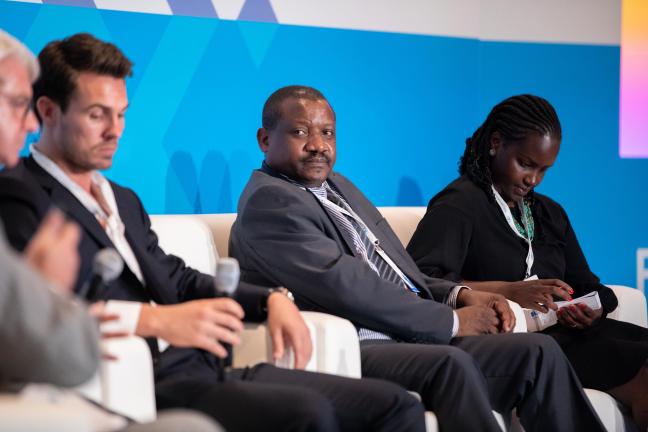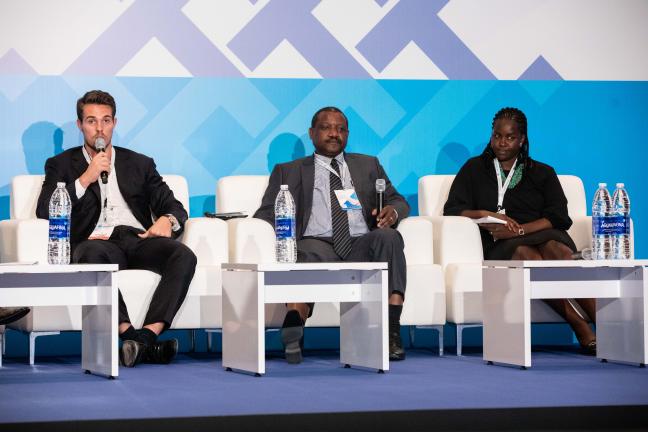Roundtable session wrap-up
Part of the “Future Proofing Your Business” hub at the World Congress, this roundtable debated the impact of technology on the future workforce and how to reverse today’s chronic shortage of drivers.
Road transport operators are facing an unprecedented driver shortage and the most recent demographics demonstrate that it will only get worse. This issue is jeopardising the sustainable growth of road transport.
It is now time to address this challenge. Driving new talents to the industry with attractive working conditions is pivotal in the years ahead. Can new technologies make the job more attractive? Will the emergence of new technologies create opportunities for women and younger workers? What solutions are being tested? What role should the industry play in upgrading workers’ skills in the context of the digital/autonomous transition?
Speakers in this session were panel moderator and independent journalist Jørn Madslien, Bilal Malkawi from International Transport Workers’ Federation, Alex Knowles from Knowles Transport, Patrick Westelinck from the Belgian Professional Association of Private Bus and Coach Operators, Robert Makondo from Mowasalat, and Wanja Getambu Kiragu from East African Online Transport Agency.

